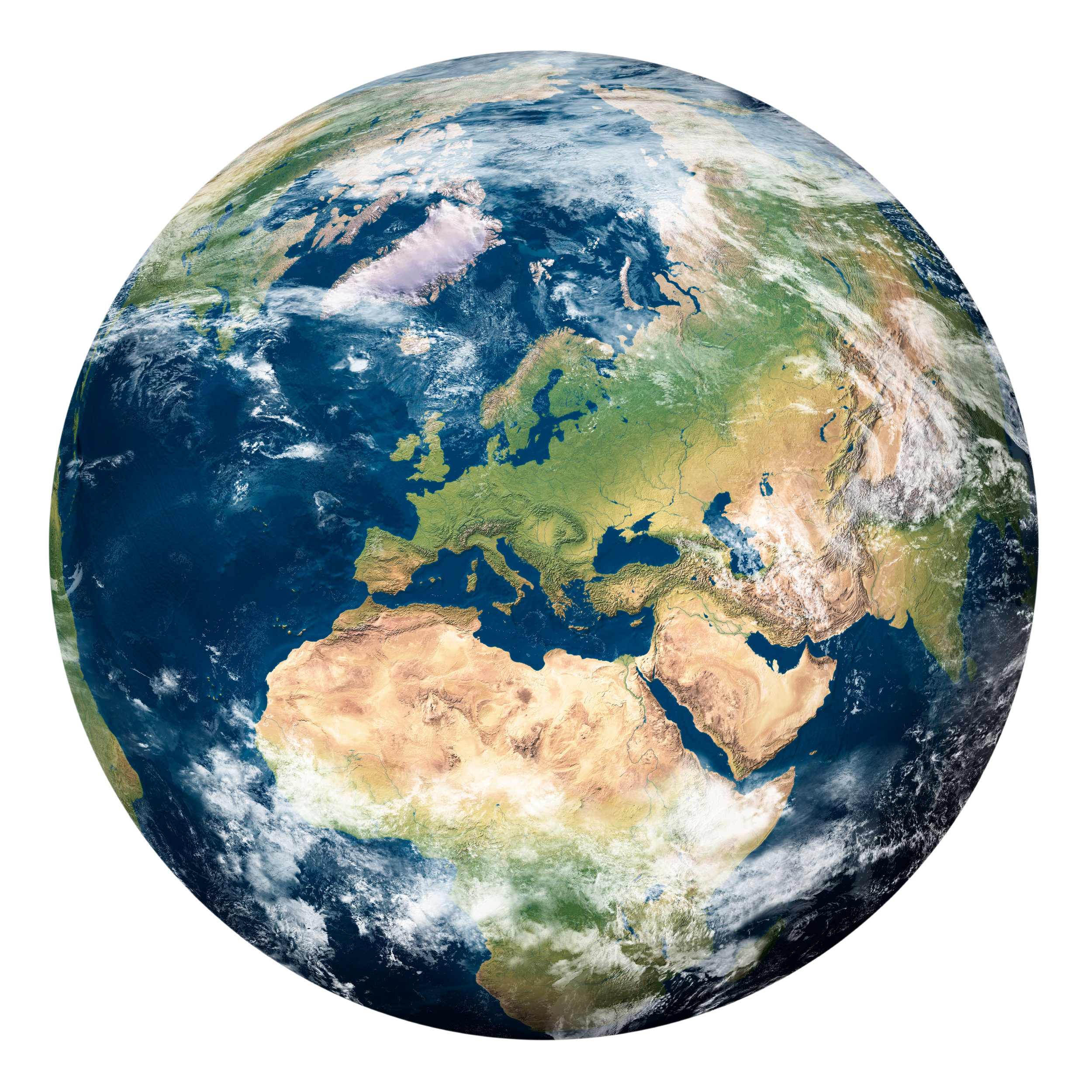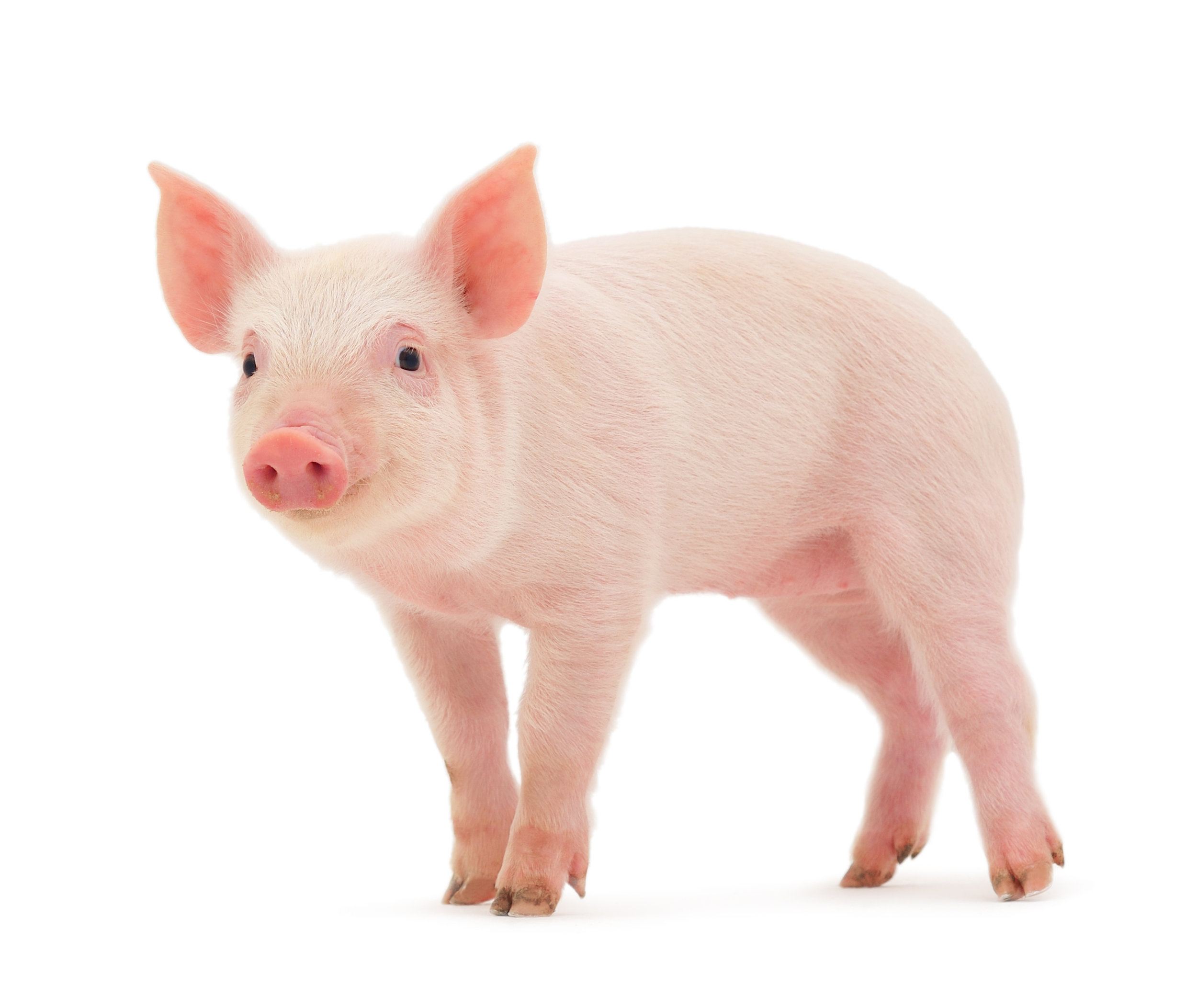VEGAN TO END WORLD HUNGER
FEED THE WORLD
Nearly half of the entire world population (more than 3 billion people) live on less than $2.50 a day. More than 1.3 billion live in extreme poverty — less than $1.25 a day.
1 billion children worldwide are living in poverty. According to UNICEF, 22,000 children die each day due to poverty.
805 million people worldwide do not have enough food to eat. Food banks are especially important in providing food for people that can’t afford it themselves. Run a food drive outside your local grocery store so people in your community have enough to eat. Sign up for Supermarket Stakeout.
More than 750 million people lack adequate access to clean drinking water. Diarrhea caused by inadequate drinking water, sanitation, and hand hygiene kills an estimated 842,000 people every year globally, or approximately 2,300 people per day.
In 2011, 165 million children under the age 5 were stunted (reduced rate of growth and development) due to chronic malnutrition.
11.3% of the world’s population is hungry. That’s roughly 805 million people who go undernourished on a daily basis, consuming less than the recommended 2,100 calories a day.
“Over 400,000 children die of starvation in Brazil each year, yet the country is the second largest global supplier of food and agricultural. The majority of the food grown there is going to cattle farms for animal agriculture. It’s time to end this madness.”
STARTLING FACTS
World population in 1812: 1 billion, 1912: 1.5 billion, 2012: 7 billion. The world population grows by 228,000+ people everyday and is expected to reach 9.8 billion in 2050, and 11.2 billion in 2100!
1.3 billion tons of the food produced worldwide never gets eaten according to the U.N. Food and Agriculture Organization. Food loss and waste amounts to about $680 billion in industrialized countries and $310 billion in developing countries, according to the U.N.
We are currently growing enough food to feed 10 billion people.
70 billion farm animlas are reared annually worldworld and more than 6 million animals are killed for food every single hour.
Each day throughout the world, humans drink 5.2 billion gallons of water and eat 21 billion pounds of food, while cows drink 45 billion gallons of water and eat 135 billion pounds of food.
Worldwide, at least 50% of the worlds grain is fed to livestock.
82% of starving children live in countries where food is fed to animals and these animals are eaten by western countries.
1.5 acres can produce 37,000 pounds of plant based food and only 1.5 acres can produce just 375 pounds of beef.
“82% of the world’s starving children live in countries where food is fed to animals that are then killed and eaten by more well off individuals in developed countries like the US, UK, and in Europe. One fourth of all grain produced by third world countries is now given to livestock, in their own country and out.”
HOW you can HELP
Changing our diet to a plant centered diet will help reduce the demand for meat and animal products that use an excessive amount of grain grown in areas where there are people are going hungry.
Fight hunger in your community by collecting food outside a local supermarket. Sign up for Supermarket Stakeout GL.
Donate dry and canned foods to your local food bank. U.S. food banks are seeing dramatic increases in visitors and shrinking stocks because of reduced contributions. America's Second Harvest, the nation's largest food bank network, features a local food bank locator on its website to guide donors. Some local agencies, such as Detroit's Forgot-ten Harvest, rescue perishable food from supermarkets and restaurants that would otherwise go to waste. They, too, accept monetary donations.
Waste time for a cause. If you can't afford to make donations yourself, a few mouse clicks will instruct others to donate money for you. At freerice.com, visitors can play simple vocabulary games; WFP will donate 20 grains of rice for every correct answer. Another site, thehungersite.com, requires just a click of a button.
Reduce food waste. According to estimates, Americans waste about 100 billion pounds of food annually. Though cutting out waste at home won't directly help feed the hungry elsewhere, Americans can be more conscious about their eating habits. Rather than overbuying, use the money you save to make a donation.
Reward retailers. A number of companies donate money or food to antihunger programs. Chicken of the Sea and Ruby Tuesday have pledged a fraction of their sales to America's Second Harvest. You can find more contributors at secondharvest.org.
more reasons TO GO VEGAN
Click on an image below
REFERENCES
Zuraw, Lydia. "2015 in Review: Animal Antibiotics". Food Safety News. December 2015 (New)
"Human Numbers Through Time". Nova
"Current World Population". Worldometers
"Factory Farms". A Well Fed World
"Strategic Plan 2013-2017: For Kinder, Fairer Farming Worldwide". Compassion in World Farming
"Animals Slaughtered". Animals Deserve Absolute Protection Today and Tomorrow
There are 7.5011 billion people on earth
Based on rough averages of water at .5-1 gallon (.75 gallons) x 7.5011 billion = 5.626 billion gallons of water and 7,605 metric tons of food produced per minute = 24.143 billion pounds of food per day.
Based on rough averages of 30 gallons of water & 100 lbs. of food per day x of cows 1.468 billion cows
Holt-Giménez, Eric. "We Already Grow Enough Food for 10 Billion People...and Still Can't End Hunger”. Common Dreams: Breaking News & Views for the Progressive Community. May 2012
"Executive Summary: Feed Supply". Food and Agriculture Organization of the United Nations.
"Did you know? U.S. and Wisconsin soybean facts". Wisconsin Soybean Marketing Board
"Improving Child Nutrition: The achievable imperative for global progress". UNICEF. April 2013
"Livestock production index". The World Bank
Soybeans can be produced at 52. 5 bushels per acre x 60 lbs. per bushel = 3,150 dry soybeans per acre
Soybeans protein content (dry) is 163.44 grams per pound
The protein content per acre of soybeans is 163.44 g x 3,150 lb. = 514,836 g per acre
Beef can be produced at 205 pounds per acre
Beef protein content (raw) is 95.34 grams per pound
The protein content per acre of beef is 95.34 g x 205 lb. = 19,544.7 g per acre
"Kings of the Carnivores. Vegetarians should look away". The Economist. April 2012
Barnard, M.D, Neal. "Do We Eat Too Much Meat?" The Huffington Post Blog. January 2011
"Current World Population". Worldometers
"Visualizations of population growth". The Population Institute
"Direct Seeded Vegetable Crop Chart". Johnny's Selected Seeds









